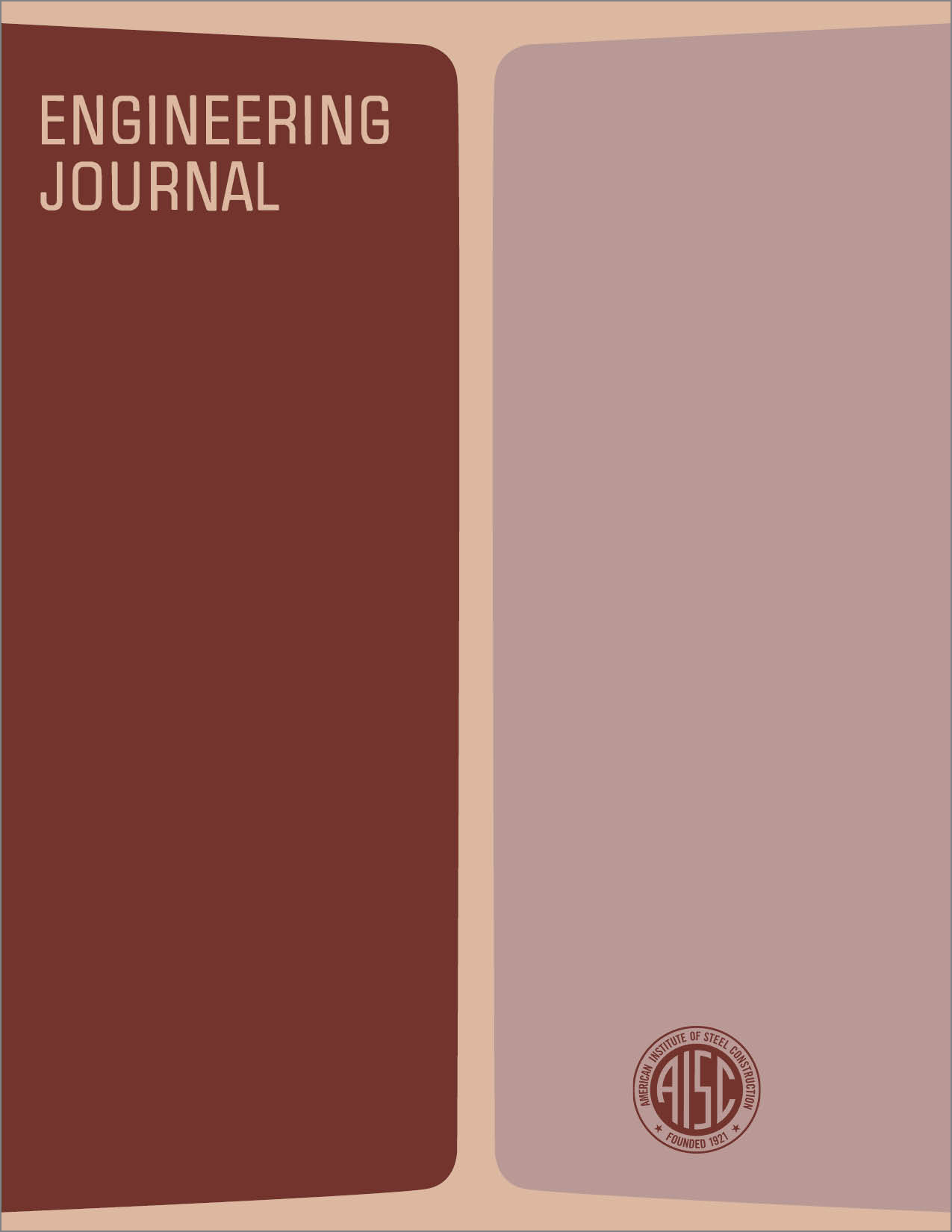Temperature Effects on Tall Steel Framed Buildings Part 3-Design Considerations
DOI:
https://doi.org/10.62913/engj.v7i4.151Abstract
Since the beginning of high rise construction in steel late in the 1800s up to about 1940, the structural skeleton was hidden behind the exterior facade in almost all cases. Typically, such construction used stone or other masonry exterior facades with window openings of relatively small size. Even the pioneering structural and architectural innovations by the Chicago School of Architecture did not basically change the relationship between the structural skeleton and the exterior facade. Although some of the buildings built in the early 1900s, inspired by the Chicago School, did have large window openings between the structural columns, the main structural skeleton was nevertheless completely enclosed and hidden behind masonry or stone cladding. It is therefore not surprising that for all practical purposes severe weather changes, such as those experienced in cities like Chicago and New York, did not cause any undue vertical movements resulting in structural or architectural damage in these buildings. Naturally, until very recently temperature effects on tall structures were seldom considered a design factor. After World War II a new trend in architecture, reflecting the technology of steel and glass, suddenly made the temperature effects on tall buildings a significant factor in design. Metal and glass curtain walls replaced the traditional masonry or stone cladding. As the exterior expression of these buildings became lighter and lighter, it became more rational and architecturally more desirable to expose the main structural frame as a part of the exterior facade. However, it was soon apparent that this new expression of technology in architecture brought with it a new problem of temperature movement.

